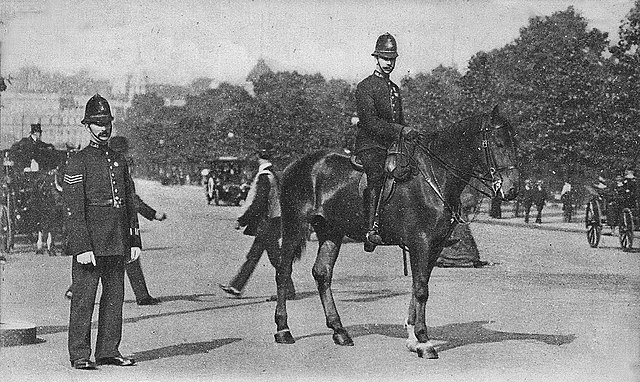TALKS
Our popular WHS Talks are held at the Balsam Centre, Balsam Park BA9 9HB (accessed from Memorial Hall Car Park), usually on the last Wednesday evening of the month.
Doors open 6.30pm with the talk starting at 7pm. Our 9 talks throughout the year range widely, covering local and national topics such as the Roman Villa at the Newt, life of a local vet in 20th century, restoration of Earl of Shaftesbury’s house, the Nuremburg Trials.
A brief round-up of previous talks are available if you click the “Previous Talks” button further down this page.
The programme is being constantly developed so do revisit this site, check out our Instagram or Facebook and look out for our eye-catching posters in various locations around the town advising forthcoming subjects.
Entry Charges (per person):
Members and under 18s: free
Non-members: £10.00
From time to time Special Talks are being booked. The venue for these is the Memorial Hall. Last year we heard from John Blashford-Snell, and enjoyed a live performance of Flamenco dancing. Charges for these talks differ from the standard Talks charge. Keep an eye on this site for details.
Special Talks (per person):
Members: free (donation welcomed)
Non-members: See listing for prices

Development of the London Mounted Police
May 29 @ 19:00 - 21:00

A mixture of historical facts and personal anecdotes from Christopher Forrester, a self-confessed anorak, made for an interesting evening covering the origins of and the work of the mounted police force of our capital city. At the outset Chris introduced us to the dictum they were required to abide by – “be sober, be vigilant”.
As the Bow Street Runners were superseded by Sir Robert Peel’s bobbies, or peelers, so the spread and organisation of the service developed. In an age when transport was by shank’s pony or horse-drawn vehicles, having the arm of the law on horseback enabled them to see more and to move faster than a two-legged quarry intent on evasion.
There has been considerably more cross-over between the armed services and the force of the law than probably most people realise. In the early days numerous pensioned off cavalrymen joined the mounted police and some of the manoeuvres used in crowd control developed from the ways of the military.
An early high-profile instance of the work of these teams was the “white horse” cup final of 1923. In those days of black and white photography, it was the grey horse that stood out although there was a team of several more at work. Numerous other instances of such work were highlighted, from the Poll Tax riots to the battle of Orgreave during the miners’ strike of 1984-85. Ceremonial duties are part of the unit’s work, from Derby Day at Epsom to events of national significance, such as the funeral of Lord Mountbatten. On that day Chris’ mount decided on his own salute to the monarch, with his forelegs, giving Chris some interesting moments. Several years later, when Queen Elizabeth was opening the Museum of the Mounted Police that Chris had been asked to create and curate, her memory of the event was obviously very clear.
The mounts of this service don’t come from just anywhere, but from a very few, trusted breeders who specialise in producing the reliable and steady creatures needed. Even then training will further winnow out potential weak links.
As with so much of life, change has happened, and the role of the mounted police has altered. There are fewer and their locations are less spread out throughout the capital.
But they are still a key and high-profile element of the service and are still required to “be sober, be vigilant”.
